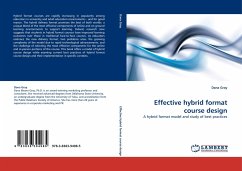
Broschiertes Buch
A hybrid format model and study of best practices
29. August 2010
LAP Lambert Academic Publishing

4,99 €
inkl. MwSt. und vom Verlag festgesetzt.
Sofort per Download lieferbar
eBook, ePUB
3. Oktober 2012
tiamariacat
Ähnliche Artikel

Broschiertes Buch
26. Februar 2014
LAP Lambert Academic Publishing
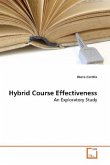

Broschiertes Buch
Insights from Chinese Visiting Scholars¿ Experiences in Canada
3. Juni 2010
LAP Lambert Academic Publishing
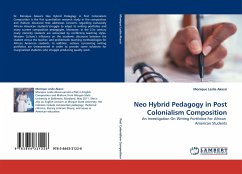
Broschiertes Buch
An Investigation On Writing Portfolios For African American Students
19. April 2011
LAP Lambert Academic Publishing
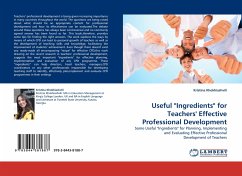
Broschiertes Buch
Some Useful "Ingredients" for Planning, Implementing and Evaluating Effective Professional Development of Teachers
6. Juni 2011
LAP Lambert Academic Publishing
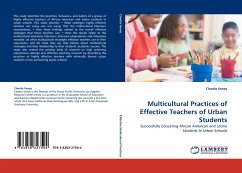
Broschiertes Buch
Successfully Educating African American and Latino Students In Urban Schools
14. September 2010
LAP Lambert Academic Publishing
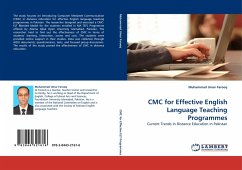
Broschiertes Buch
Current Trends in Distance Education in Pakistan
25. März 2011
LAP Lambert Academic Publishing

Broschiertes Buch
SIWES AS A TOOL FOR TECHNOLOGICAL ADVANCEMENT
4. Januar 2011
LAP Lambert Academic Publishing
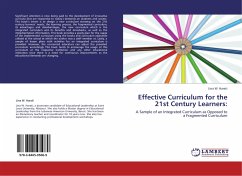
Broschiertes Buch
A Sample of an Integrated Curriculum as Opposed to a Fragmented Curriculum
Aufl.
3. November 2011
LAP Lambert Academic Publishing

Broschiertes Buch
7. Oktober 2015
LAP Lambert Academic Publishing
Ähnlichkeitssuche: Fact®Finder von OMIKRON
